Maths
We are mathematicians
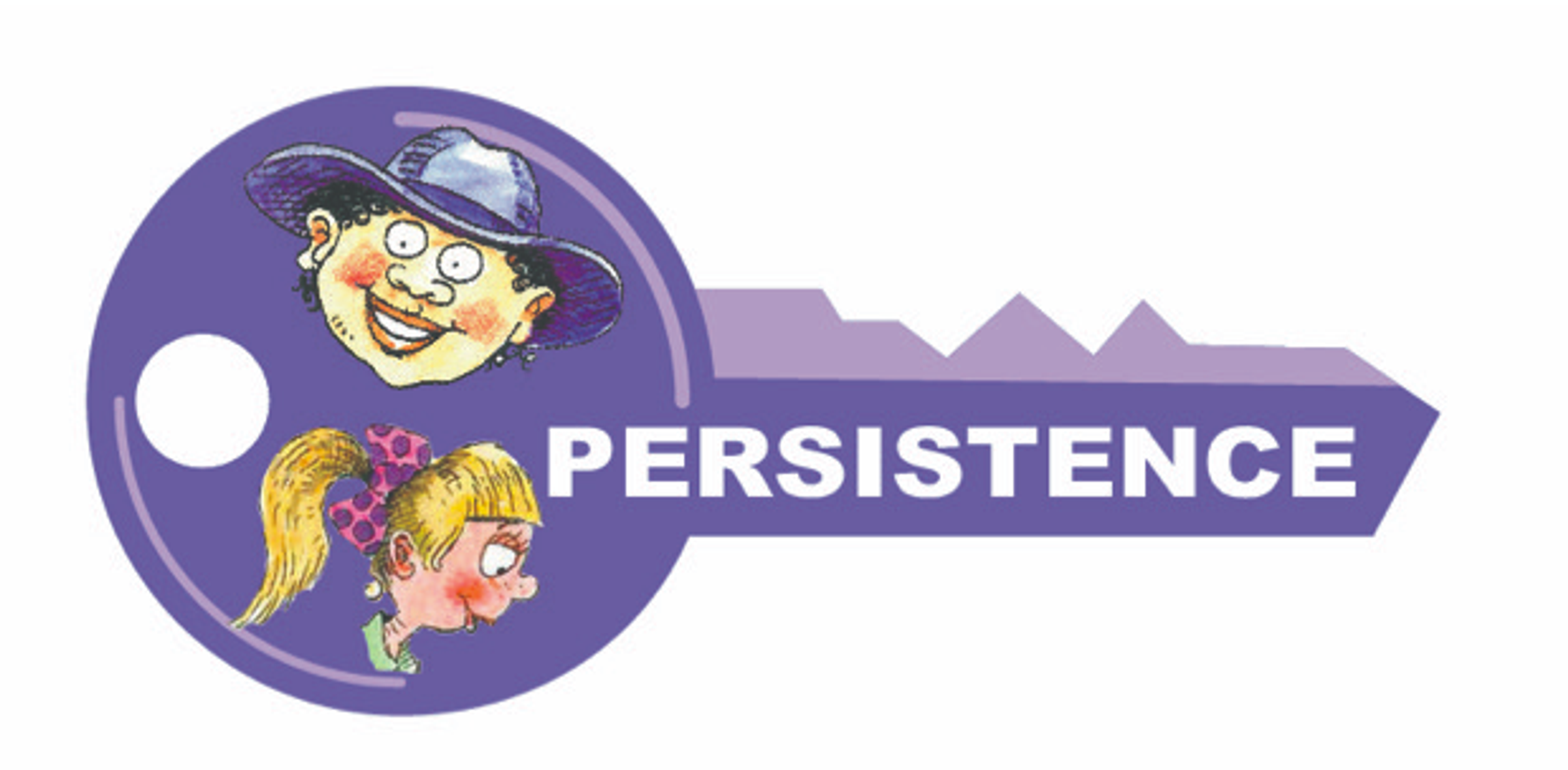
Maths
We are mathematicians
“Teaching and learning the language of mathematics is vital for development of mathematical proficiency. Students’ mathematical vocabulary learning is a very important part of their language development and ultimately mathematical proficiency.” Riccomini, Smith, Hughes and Fries
Math language is rich
Maths language is complex...but integral to our understanding
Symbols are important
Numerals are important
WORDS are important.
Maths talk matters
A large emphasis of our program is put on vocabulary. To be proficient mathematicians, student need to be able to describe, compare, reason and justify. They need to know and understand many mathematical 'words' to do this.
Some focus vocabulary for the Semester includes:
Number
order
between
before
after
sum
plus
add
altogether
total
forward
backward
more / less
Measurement
length
even
gap
straight
measure
big / large
small / tiny
short / shorter /shortest
long / longer /longest
tall / taller / tallest
heavy / heavier/ heaviest
light /lighter /lightest
more /less
Throughout the week students will work through a variety of Maths activities, some of the activities we have started our year with include:
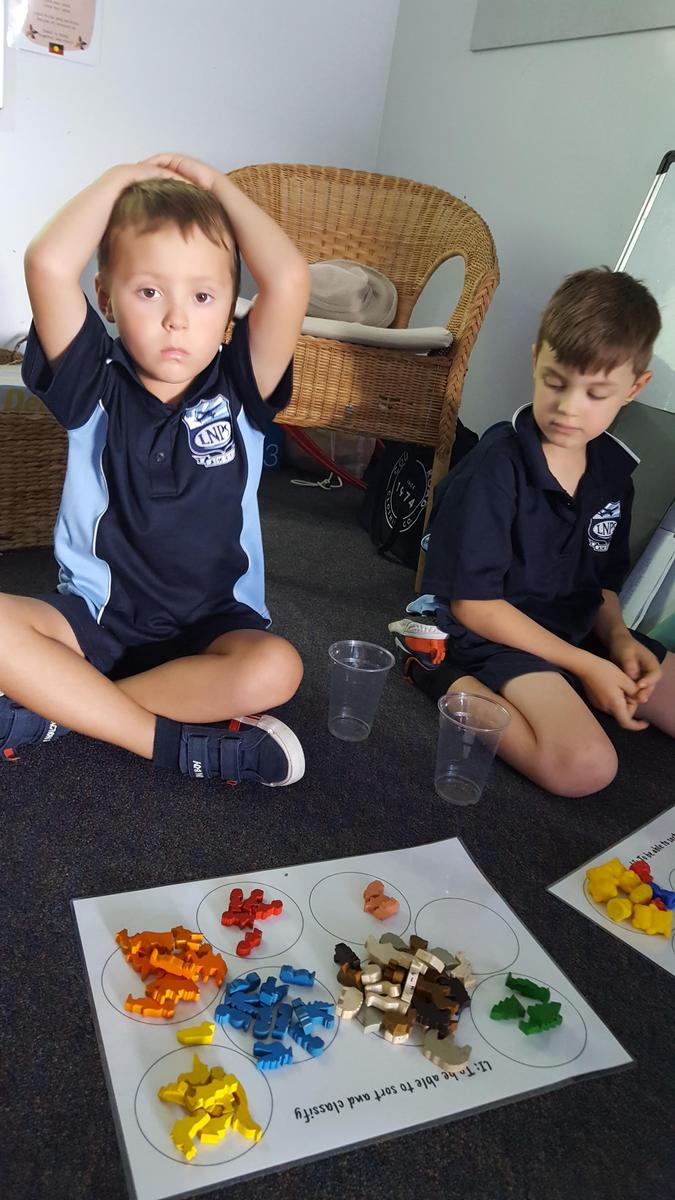
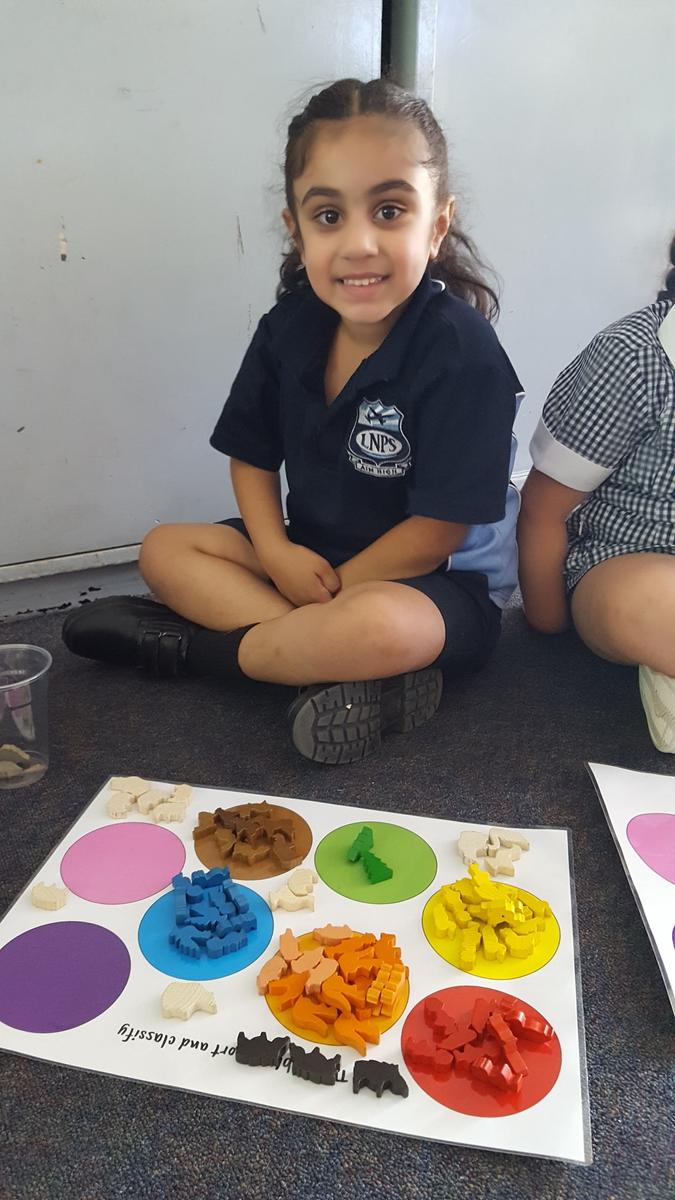
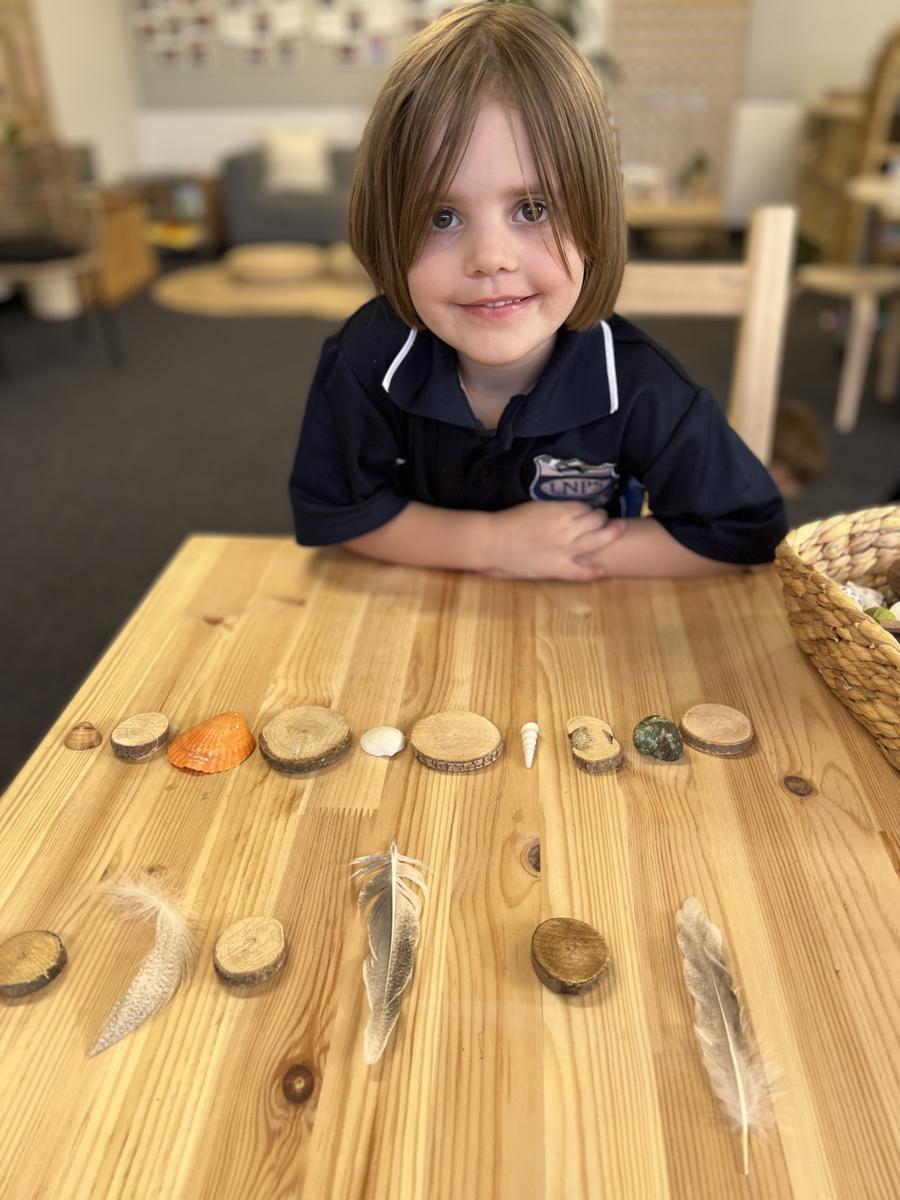
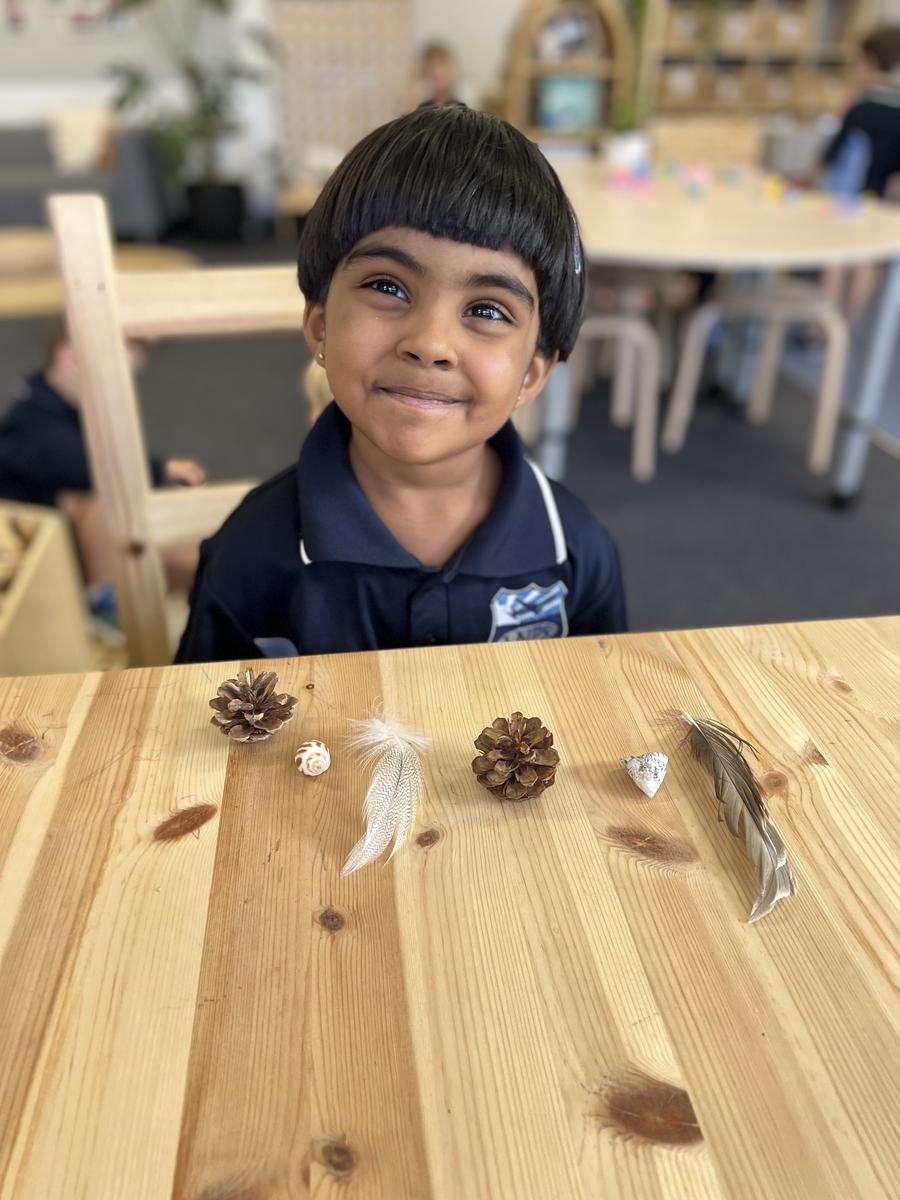
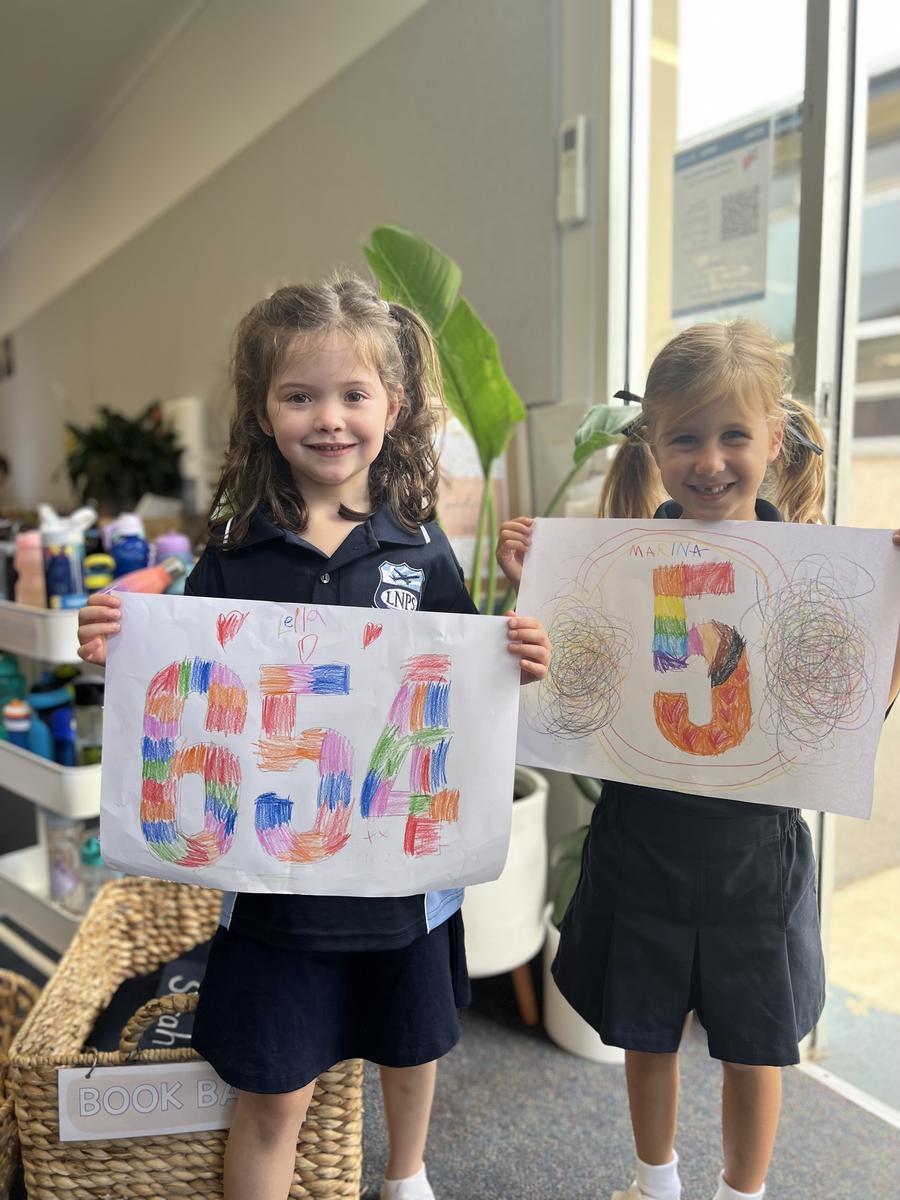
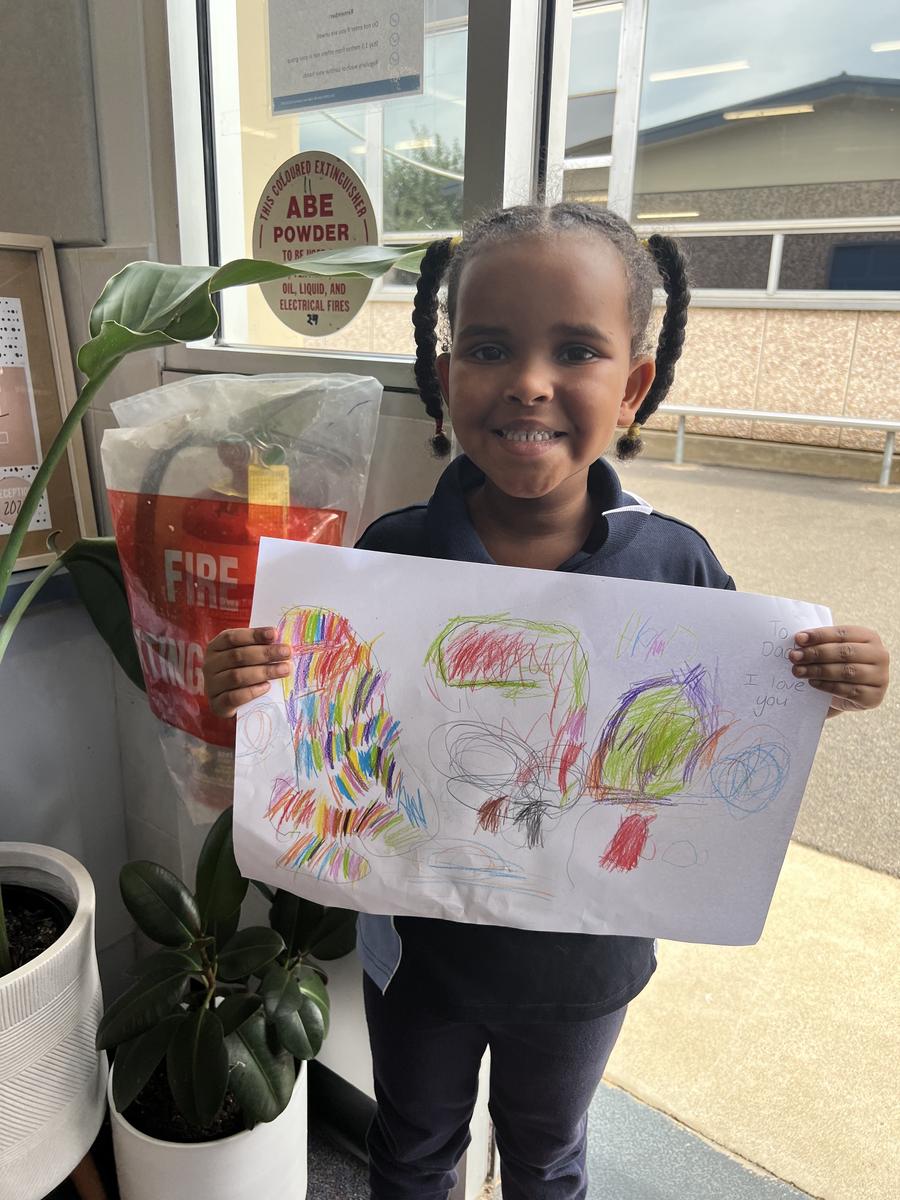
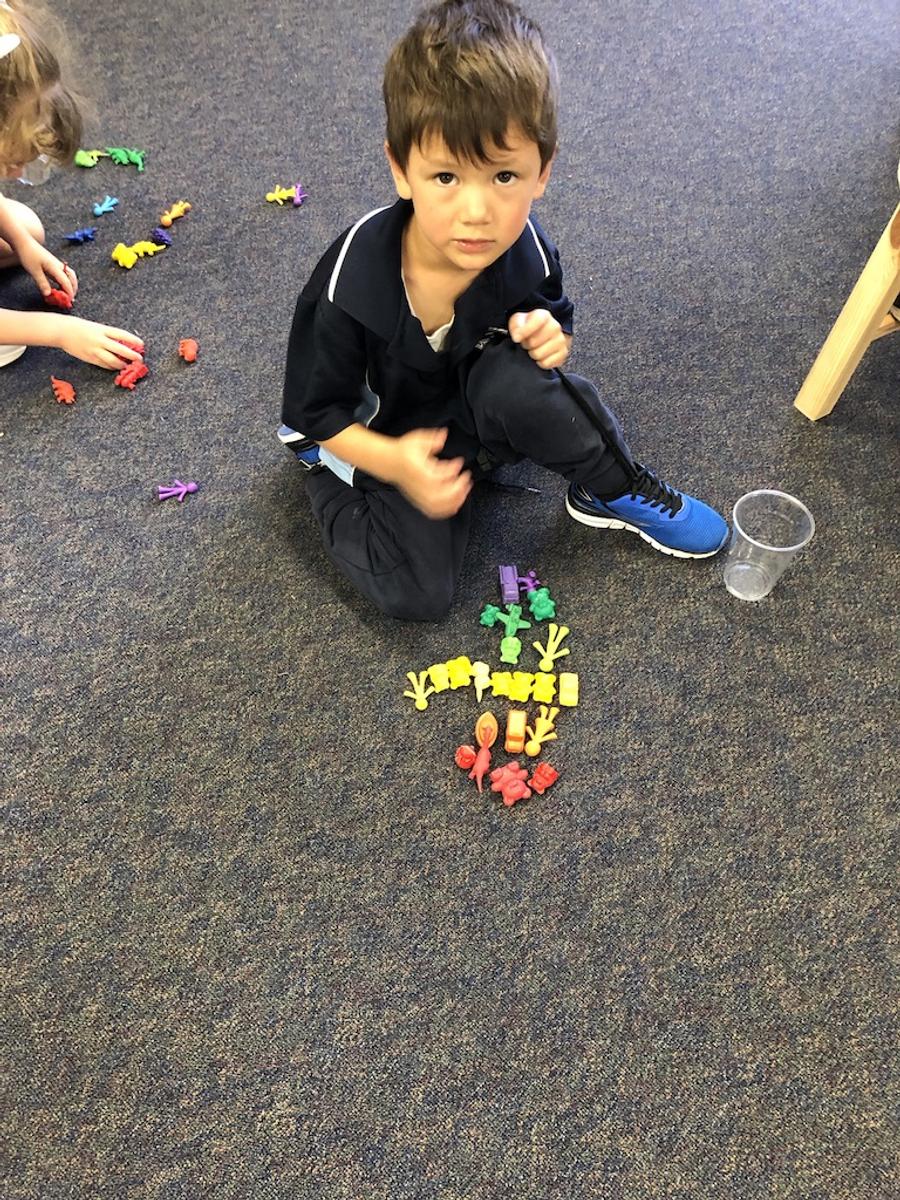
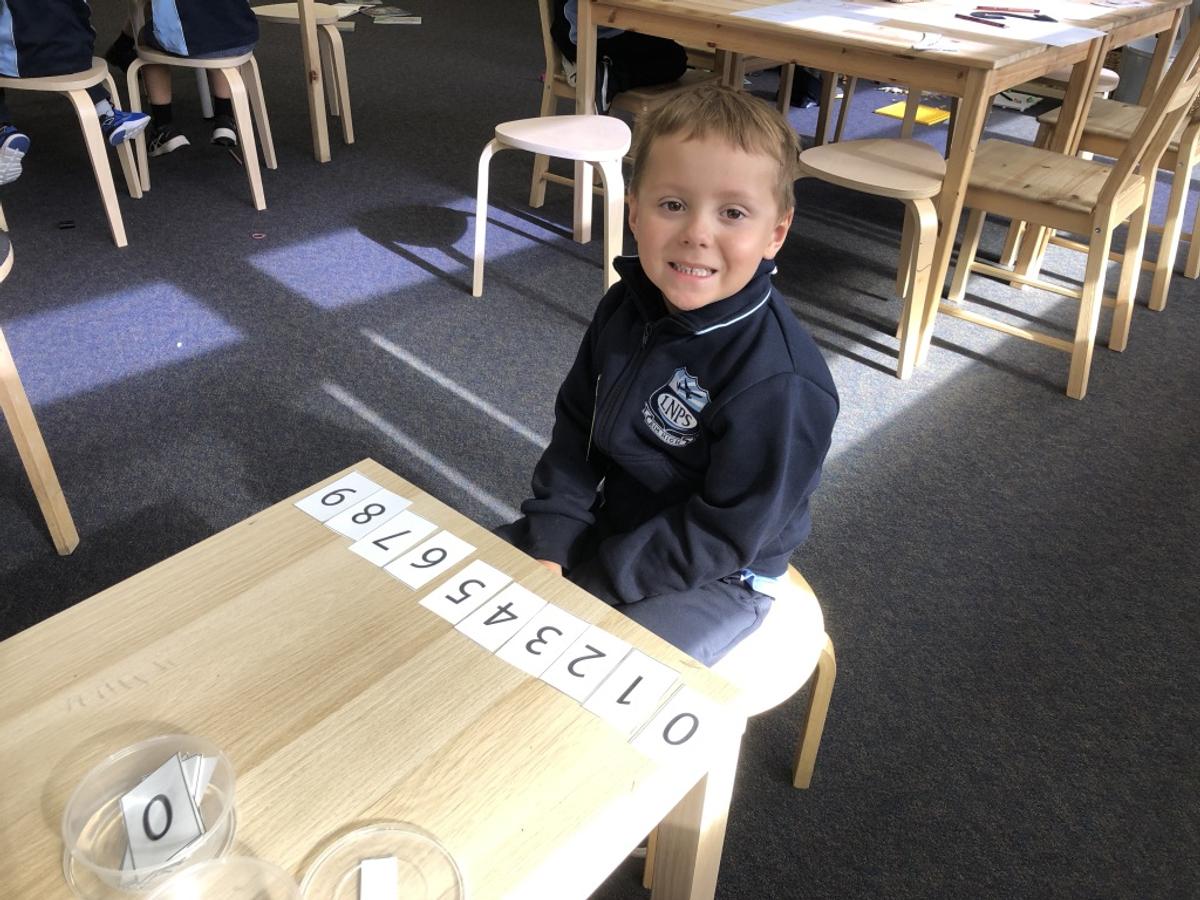
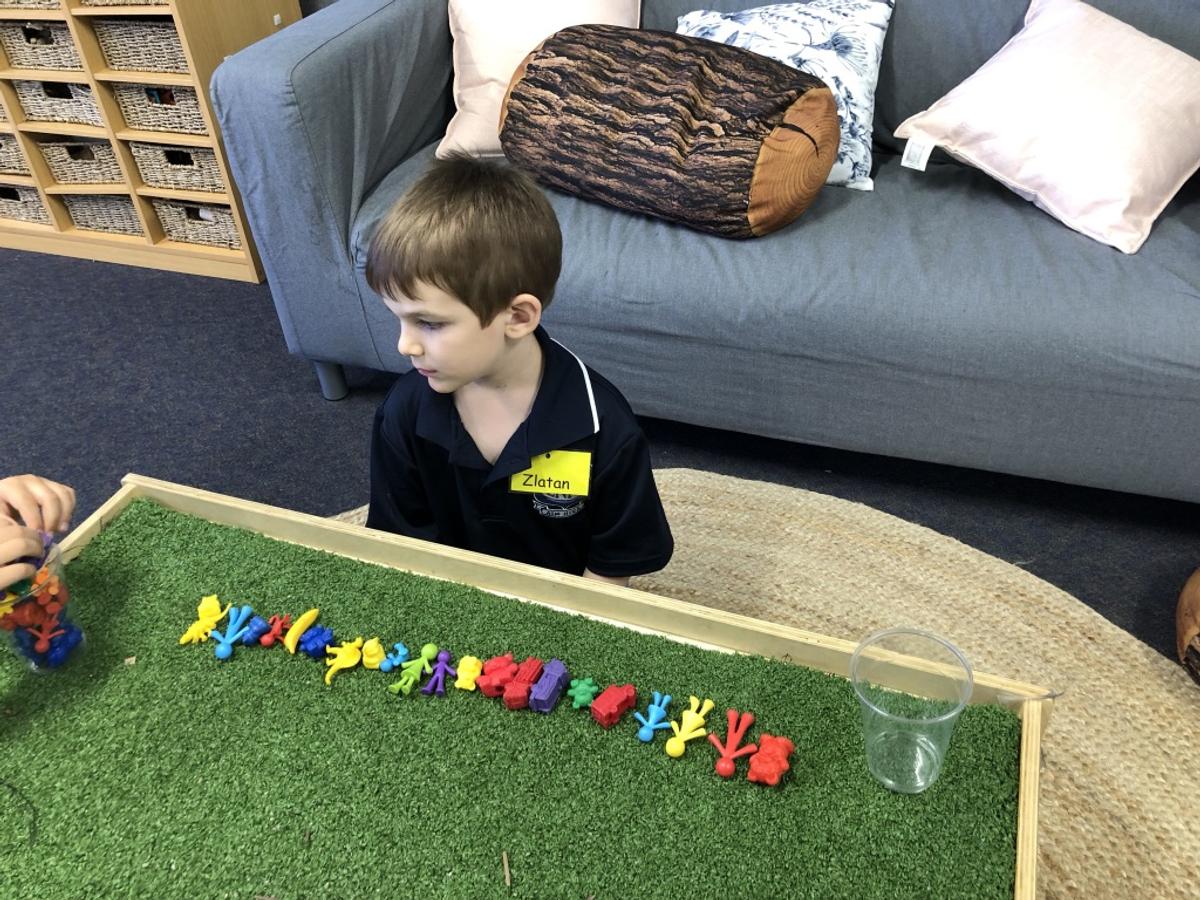









We will be focusing on further developing the children’s understanding of number and algebra from the Australian Curriculum.
Our focus in Semester 1 will see students ordering and forming numbers 0-20 and being able to understand vocabulary such as digit, larger, smaller, greater than, less than, middle, before and after.
Key learning for these stages (1-20) include:
To achieve mastery, students will be explicitly taught these efficient number sense and counting strategies.
Subitising – immediately recognising how many items in a small group without counting.


Children will be explicitly taught the efficient counting strategies such as:
Part- part -whole (Knowing the value of numbers and how they are made up)
Pairs to 10- pairs of numbers that add up to 10 (9&1, 6&4 etc)
Doubles- identifying objects/numbers that occur in pairs automatically, e.g. (5 and 5, 4 and 4, 2 and 2).
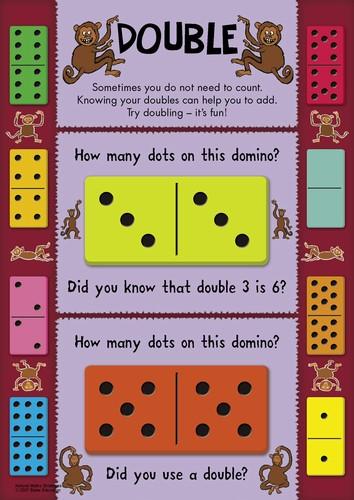

Skip Counting- by 2's, 5's and 10's.
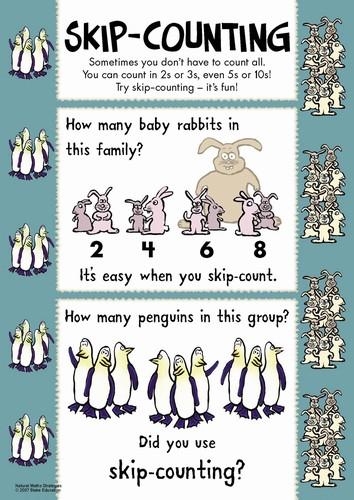

Counting On – understanding that the counting sequence can be continued from any starting point. Children need to remember to always count on from the largest number. For example, if there were 4 apples and 2 more apples, they need to subitise the 4 and count on 2 more.
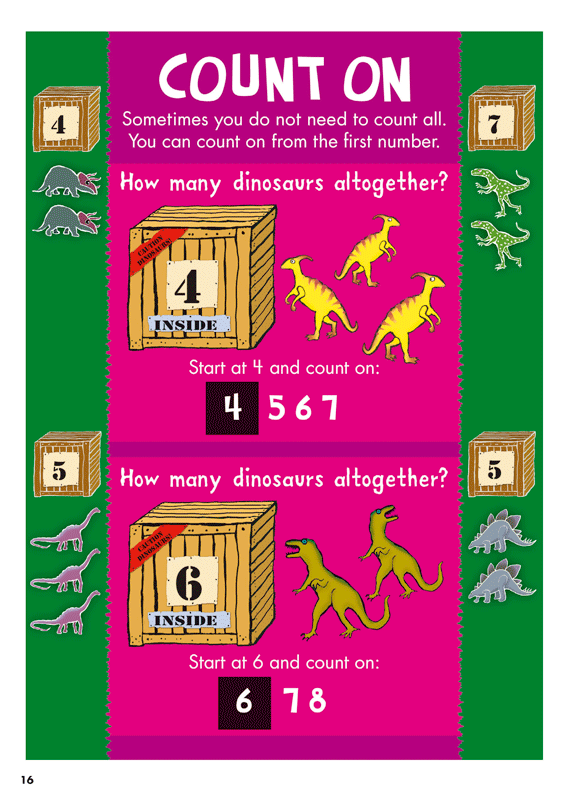

Children will develop their understanding of these strategies with the support of playing-card games and dominoes to develop their automaticity. This is also a great activity to do at home. The students will be able to teach you to consolidate their learning!
Mental routines are ten-minute segments at the beginning of the maths lesson. A routine may be repeated with slight variations over a one to two week period. Throughout that time a pattern of questions, behaviours, responses and strategies is repeated. The repetition encourages students to anticipate what is coming and to prepare to participate fully in them. As the days go by extra levels of complexity and challenge are developed without changing the basic nature and structure of the routine. Mental routines are designed to promote an active thoughtful approach to number and also as a tool to developing automaticity with number facts based on deep understanding of the underlying principles and concepts.
Through these mental routines, we will focus on the aforementioned strategies and provide opportunities to use these through activities involving dice, ten frames, cards and number lines.
Children will also use these strategies during ‘Problematised Situations’ where they engage with realistic situations and apply their own thinking. Students can solve and record in their own way (pictures, numbers, words, tallies etc) and have access to concrete materials (counters, blocks) to assist them if required.
Children will explore and wonder about patterns in our world, with a focus on days of the week, months of the year and patterns of the day. They will connect days of the week to familiar events and actions and compare and order the duration of events using everyday language of time.
Children will also have opportunities to sort, describe and name familiar 2D and 3D shapes and explore the real life shapes in our world. They will be given many opportunities to copy, continue and create patterns with concrete objects, drawing and using technology.
Students will engage with hands-on activities where they will compare objects to decide which is longer, shorter, heaver, lighter, larger or smaller. As well as, experimenting with measurement using varied objects such as counters, beans and blocks and will be able to choose the best unit for measuring, using only one object at a time. Using familiar everyday objects, students will experiment with measuring different shapes and surfaces and will investigate the impacts of gaps and overlaps in measuring and their impact on the total length.